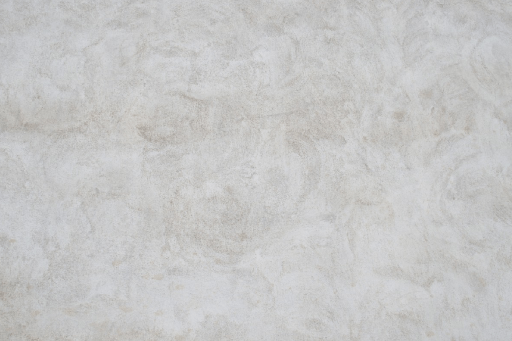A down payment is the amount of cash a buyer pays for a home up front, with the remainder covered by their mortgage. If you’re saving for a house, you’ve probably been told you need to have enough for a 20% down payment.
But the typical down payment hasn’t been that high in decades.
Below, CNBC Select looks at where the 20% recommendation came from, how big your down payment really needs to be and more.
What we’ll cover
- Do you need to put 20% down?
- How much do I need for a down payment?
- How to save for a down payment?
- FAQ
- Bottom line
Do you need a 20% down payment?
No, depending on your loan and qualifications, it’s possible to put much less down — or even nothing at all.
The 20% down payment rule emerged during the Great Depression, when nearly half of mortgages in urban areas were delinquent. Even as the economy recovered, many lenders still mandated 20% down in the 1950s and 1960s.
Read more: What is mortgage insurance?
The advent of private mortgage insurance in the late 1950s meant lenders could be protected if a borrower defaulted. In 1971, the Federal Home Loan Bank Board allowed savings and loans to approve conventional mortgages with as little as 5% down with PMI.
By 2005, the median down payment was only 13%, according to a Washington Post analysis of National Association of Realtors data.
If you do put down less than 20%, however, you will still likely be required to obtain PMI, which can cost 0.50% of your mortgage on average, and keep it until you have at least 20% equity in your house.
